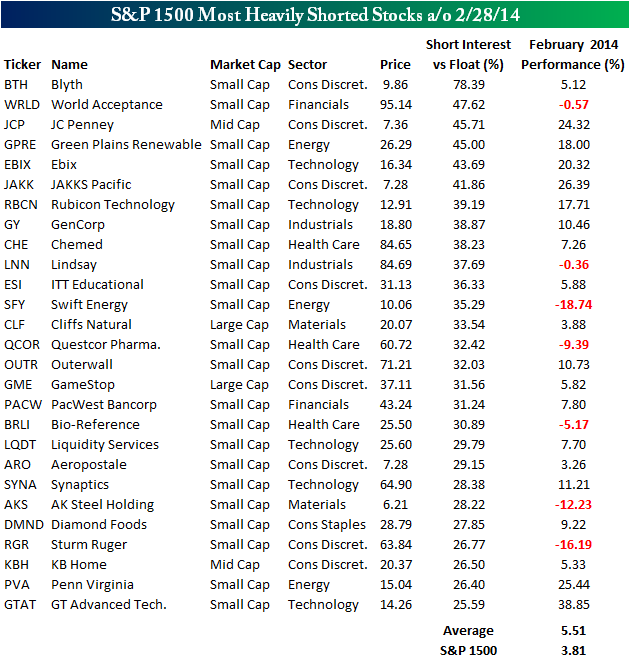With that out of the way, some reads:
- Striking facts about Japan's demography - FTAlphaville
- Silicon Valley might kill banks, but not banking - FTAlphaville
- Tech Stocks: Sizing up the new bubble - Barron's
- Time to hop aboard the Wabtec express - Barron's
- Cracks in Silicon Valley's billion-dollar start-up club - WSJ
Last week, the S&P 500 finished at 2,075 - another all-time high. The Dow and S&P are both trading at roughly 15x and 17x next year's expected earnings. I will join the large conservative crowd and say that these valuations seem "fair." There are probably not a lot of returns to be had in the index ETFs from here, and I have taken my foot off the gas on the long side.
Where do we go from here? That is really anyone's guess. But I have decidedly changed tact, as I am only looking at out-of-favor, beaten up names on the long side that offer a large margin of safety in terms of valuation. One of them being MagicJack Vocaltec (Nasdaq: CALL). I have a SeekingAlpha write-up set to be published tomorrow (link will follow) that precludes me from going into too much detail (they now own my content), but that should give you an idea of what I am looking for.
In my last note, I mentioned the small spread between high-yield bonds and USTs. I began to dive into emerging market debt and the US carry trade - and I must say that I found myself lost. There is still a ton of capital tied up in carry trade, but it is not clear whether or not the recent strength in the dollar will cause an unwinding. One thing that is for sure, investors are beginning to dump high-yield in search of safety, and that could lead to trouble for some of the EM countries out there.
And with investors flocking to ultra-safe US treasuries, I think that gives us some clues as to the overall mood of prospective risk-takers: not much meat left on the bone.
I do not see any major sell-off happening before Christmas, but the probabilities of 2015 being another strong year for domestic equities look to be shifting.
Heads or tails?



